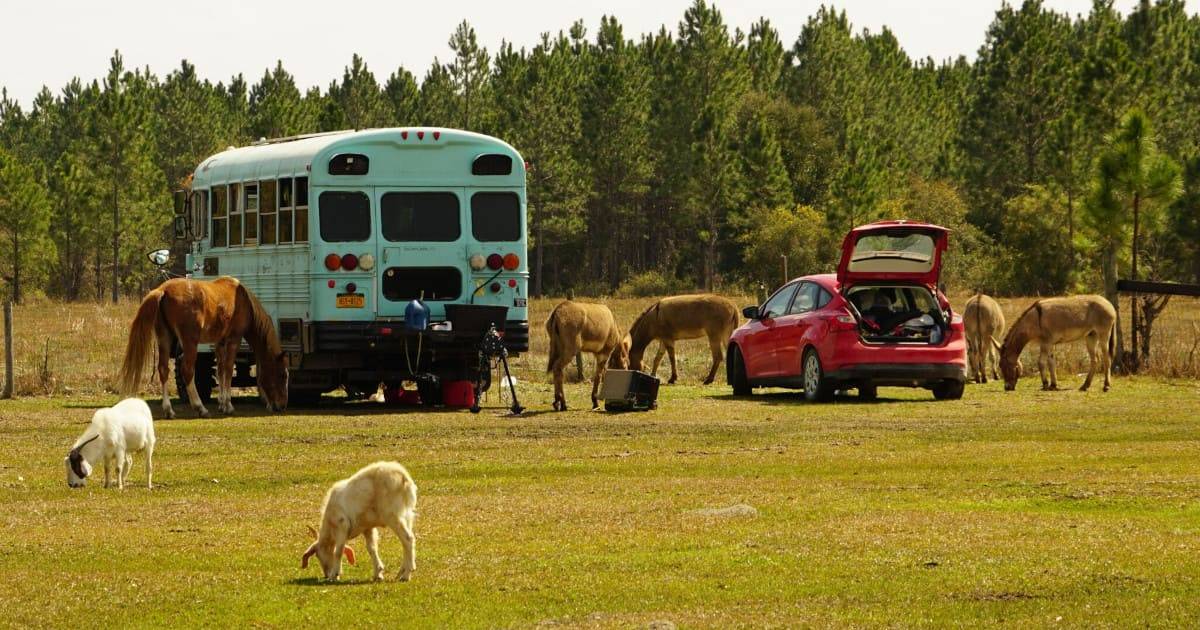Ontario gave the green light to green energy in 2009 and by 2019 developers are dismantling the wind turbines they built. Doug Ford’s new Conservative Government axed the Green Energy Act as promised. Many rural residents could not face the reality that wind and solar energy would drastically alter their landscape. Prince Edward County (PEC) and the neighbouring islands around Kingston witnessed the raising of huge wind turbines on their pastoral scenery and, in turn, raised the most effective campaign against them. The landscape was transformed by black metal and shiny glass photovoltaic collectors while 100 metres-tall windmills ply the horizon, and high-voltage lines carve through woodlands.
The Liberal Government’s Premier Kathleen Wynne and her predecessor, Dalton McGuinty, had imposed this change on the rural communities. Municipalities like PEC officially declared themselves unwilling hosts of the Wynne turbines. Real estate agents marched with picket signs and homeowners wore T-shirts with images of their houses, destined to lose value. Naturalists raised tens of thousands of dollars to hire a lawyer to fight the construction of wind turbines in a government-designated Important Bird Area and endangered Blanding’s turtle habitat.
Yet a lot of people were pleased with the government’s initiative, especially farmers who could pocket $10,000 a year by allowing wind turbines on their property. Many erected solar collectors with the microFIT subsidy that guaranteed a premium rate to sell their electricity on the Hydro One grid. To great acclaim by the worldwide legion of climate change activists, Ontario’s provincial leaders were considered visionaries for creating the 2009 Green Energy Act and eliminating coal burning.
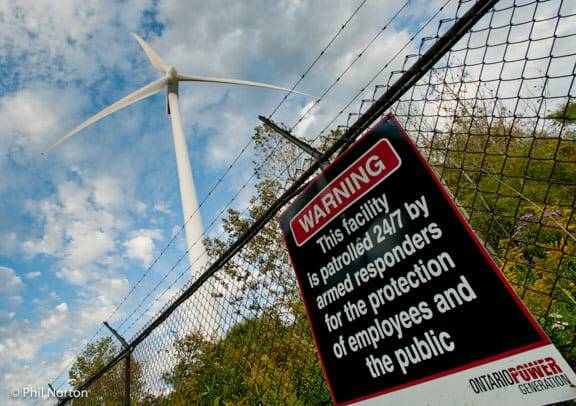
The trouble with being a global prophet is that you aren’t always appreciated in your own hometown. In the communities where the wind energy companies want to build, the debate gets personal. Neighbours quit speaking to neighbours. Placards are erected at farm gates, on rural mailboxes and along old stone fences in support of both sides. Horns blare and people yell at each other. A fist fight even broke out between two distinguished local men in PEC.
Politics and Changing Climate
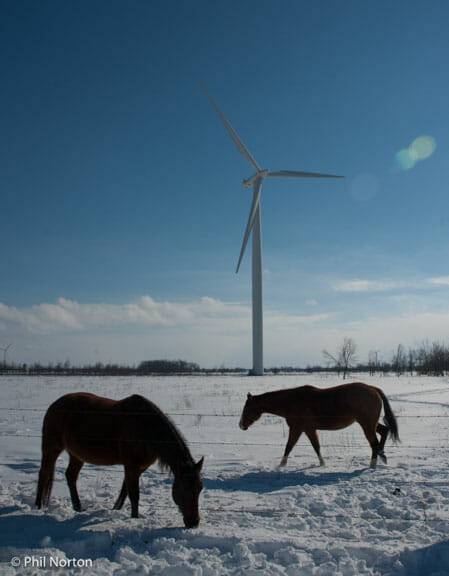
The highest-profile political figure actively warning of climate change is former U.S. vice-president Al Gore, writer of the 2006 documentary An Inconvenient Truth. His 2017 sequel, Truth to Power, documents a decade of renewable energy technology success stories. “Ontario, Canada, got off of coal,” Gore stated. “The province was the first in North America to shut down its entire coal operation…. One of the worst polluters in Canada, the Nanticoke plant site, is being repurposed as a solar farm.”
As a rule, in Canada and the U.S., Liberals and Democrats push for the emerging renewable energy while Conservatives and Republicans promote established oil, coal, gas and fossil fuels. These partisan leanings mean that Conservatives band together in climate change denial while Liberals sound alarm bells that the sky is falling from too much carbon dioxide.
But all political loyalties are set aside when it comes to protecting your own property value or adding a source of revenue.

Third World vs. First World
Developing nations have been quick to adopt solar and wind production of electricity because they lack complicated infrastructure needing to be transformed. They started from scratch, building smart grids to produce and distribute the electric power. The revolution has come more slowly to First World countries like Canada that have an entrenched fossil fuel industry, and nuclear and hydro power systems. Converting to renewables here is like turning a ship: the change happens one jurisdiction at a time.
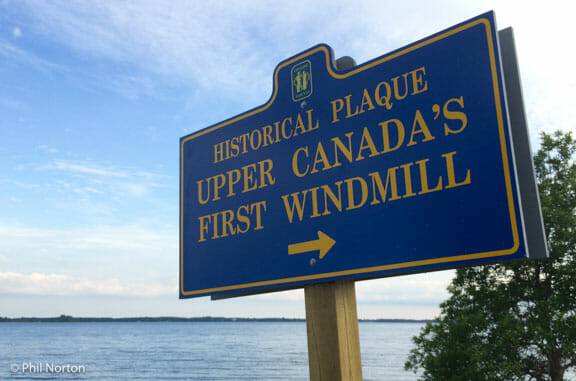
In 2011, Ontario’s movement toward renewable energy was a hotly debated subject during the election campaign. The Green Energy Act was front and centre in the Liberals’ re-election platform. High costs of electricity are being blamed on the programs that encourage the shift to green energy. However, the reconstruction of aging nuclear plants accounts for the province’s energy investment.
Fake news and bullies
Opposing wind has more to do with party politics and personal financial investment than the long-term good of our country. I lead group tours for photographers in PEC, and we document everything, without a filtered perspective. We look for pictorial beauty and capture what’s happening in places where most people never venture to see first-hand. When I advertised a trip to where the wind turbine construction had begun, the bullies saw red. Several of PEC’s anti-wind vigilantes took the offensive on Facebook. I was accused of “selling tickets” to see the misfortune of others. These four guys are all hooked together, an old boys’ club that has rallied the population and shown meanness to anyone who thinks differently. It’s all orchestrated and the biased media has been their best weapon. In our case, they attacked innocent photojournalists-in-training who were simply showing readers what was happening in the area. We are now documenting the dismantling of the same wind turbines.
Wind energy fails
Why, you ask, would anyone be against the reduction of burning coal and gas in favour of a free and endless supply of sunshine and wind? The PC party and the local anti-wind coalitions have a long shopping list of its negative impacts. For starters, there’s Nimbyism (not in my back yard). How would you like a mega-tower with whooshing blades in your backyard? The landowner makes a fortune while you and your neighbours get zilch. You may even lose money if the resale value of your country home drops as a result of the nuisance next door.
Tourism promoters fear that we’re killing the goose that lays the golden egg if the pastoral landscapes become industrialized by the energy companies. The opponents use the term industrial wind turbines while the proponents call them wind farms. Beware the terminology. Who says green energy is actually green? Sure, once they’re built, the windmills and solar panels generate clean power, but you have to calculate the overall carbon footprint of manufacturing and erecting them as well as dismantling them in a few decades. What about the trees they cut down and the tons of concrete poured into the soil to anchor them?

And how much energy do they really provide? Until power storage technology is perfected, we will still need reliable base sources that can produce electricity when the wind isn’t blowing and the sun isn’t shining. Ontario relies on nuclear fission and hydro for that.
As for the health effects, vibration, noise and the sun’s reflection off of the blades have been cited. Those may seem far fetched, but search for “wind turbine fails” on YouTube and you’ll begin to understand that concerns are valid. Dramatic footage shows propellers on fire, spinning wildly and breaking off. The tips of the blades are rotating 200 km/h (124 mph). That’s one reason there are 500-metre (1,640 foot) setbacks from roads, buildings and other wind turbines.

The alternative to alternative energy
Voters bought into the Ontario’s PCs campaign to trash the Green Energy Act and reduce electricity costs. This is where it all gets too political for the common good. Ford didn’t tell the voters that trashing green energy would cost hundreds of millions of dollars to compensate for the broken contracts.
The reasons for supporting wind energy and moving away from fossil fuels are also many-fold. What are the alternatives to alternative energy? A warming planet, disrupted weather patterns, droughts, fires and extreme storms? As for aesthetics, people don’t think twice about cellular and microwave towers dotting the landscape anymore. We certainly don’t pay any mind to telephone wires and hydro poles. Is there a preference for mountaintop-removal coal mining or fracking through the ground water for natural gas over turbines and solar panels?
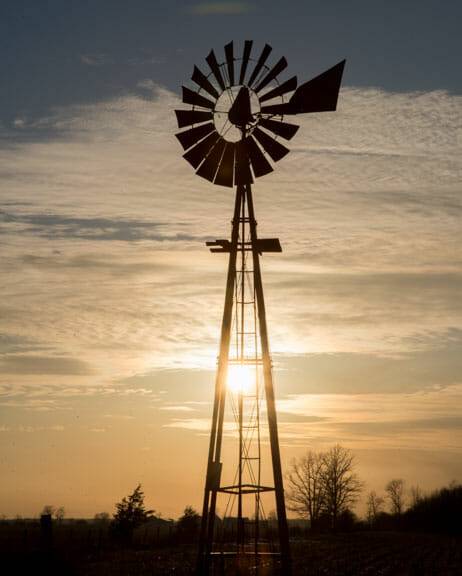
To comprehend the bigger picture of the energy-environment relationship, go and see it for yourself and meet the people involved. Go to Newfoundland and see offshore oil with boats, and workers coming ashore and keeping the George Street pubs alive. Go to Alberta and see drill rigs and oil sands mining and pipelines under construction. Go to New Brunswick and see ridge-top wind turbines and the swath of forest cut to get them up there. Go to British Columbia and see the construction of the Site C Dam forhydroelectricity. Go see the vast farmland from Kingston and west around Lake Ontario, Toronto, Hamilton, Niagara Falls, over to the north shore of Lake Erie and then up to Sarnia, where every form of energy is evident: solar, wind, nuclear and hydro, with petroleum and coal brought into the factories on ships. See a mountain of firewood for sale, chopped from the hillside forests. Go to the wealthy urban communities and see the excesses of big vehicles and mansions with heated driveways. Go see the poverty in Indigenous and other northern communities due to economic decline, lack of jobs, expensive goods, and exorbitant prices for gasoline and home-heating sources. Go see the Prairies horizon with lines of wind turbines silhouetted against the orange sunset.

Since the days of acid rain, my 35 years of studying the energy issue have taught me all about politics and the ideological divide between citizens, the polarization between conservatives and liberals. U.S. President Donald Trump is right about one thing: fake news. The media slants ever so slightly, or blatantly, the facts and how they are interpreted. Approaching the energy issue as a journalist and scientist has helped me see the truth.
Energy doesn’t come from some faraway place any more and no one wants an energy production facility in their backyard. But clearly we need the energy, and some forms of production are cleaner and safer than others. Those are the winds of change.
Phil Norton has been seeing life through a lens for over 40 years and working professionally as a writer and photojournalist. He freelanced for Harrowsmith and Canadian Geographic Magazines on environmental and outdoor adventure topics, and served as the editor of a bilingual weekly newspaper, The Huntingdon Gleaner in Quebec, and ran the stock photo department for The Montreal Gazette. Later, in Quebec, he shared his experience in high schools leading students on community photo shoots for publication.













